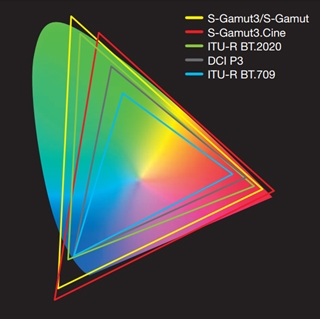After waiting for months (even years...) for a worthy update of my A6000, I don't have the patience to wait any longer and bought a used Fuji X-T20, just to check if I like it. I'm still new to the system so for now I'm not sure it's the right move for me, but here are some stuff I really like, in no particular order:
* Zoom on your focus point when reviewing image
* Horizontal line (I think A6300 and A6500 also have it)
* Integrated timelapse function
* Dials
* The 18-55 kit lens with F2.8 aperture 18mm, and sharper than my 1k$ SEL1670
* Fuji colors. Not sure if that's true or if the Fuji marketing start to work on me, but I think I prefer the colors I gets from the Fuji.
* Touch to shot - nice for stealthy street photo
That being said, I still prefer the handling of the A6000, which is more confortable to hold. I will continue to shoot both for some time to see which one I prefer.
Does anybody have made the same experience ? What makes you stay with Sony or switch to Fuji ?
Cheers
Not consider myself as a BIG Sony "fan", but I do use several Sony E/FE/A APSC and FF systems and lenses due to my needs.
I upgraded myself from A6000 to A6300, never looked back. I have SEL1018, SEL1650PZ, SEL18200 and recently bought SEL18135 (my goto lens!), besides I have SIgma 30F2.8, several Sony A mount bright primes with LA-EA adaptors.
I also just bought Fuji X-T20 for fun, and I kind of like it when travel "light", especially its smaller than A6xxx, the 1650 and 50230 are pretty decent on IQ.
I also noticed that if you want to play with primes (mostly no OIS) on Fuji you need go with X-T3 or other bodies with IBIS. For me it is ok since I rarely play primes on APSC.
My reason to buy X-T20 are a few: "really" cheap after X-T3 is out, zoom lens compact (in general Fuji bundle zooms are decent quality), out of camera JPEG very nice (both sharpness and color), very flexible custom buttons, smaller body, 4K video (compare to A6000, since A6300 is also 4K). I was not buying it to replace A6300. Those film color tunes are icing on the cake. And I hope to receive firmware update whenever Fuji is ready (Sony please wake up!!)
What I did not like much: No PASM dial, all in the finicky settings - if you never played with Fuji and did not read the manual, you might not know how to take a picture with it, and the power on button is weired, shutter button is vintage style will need buy a screw on cap, viewfinder (by the way no shade) sucks (eye point worse than A6xxx), flash can not bounce, grip is almost nothing (traded for compactness), tripod not @ optical axis (fine with me I may not need to use tripod often). Lastly, the lens shade may interfere with add on UV filter unless it is super slim :-(
I did not find Fuji body or lens build anything "cheap" compare to A6xxx.
I plan to sell my GX85 (heavy body!) so I can quit completely M4/3rd since I give up on its AF hunts @ video.

